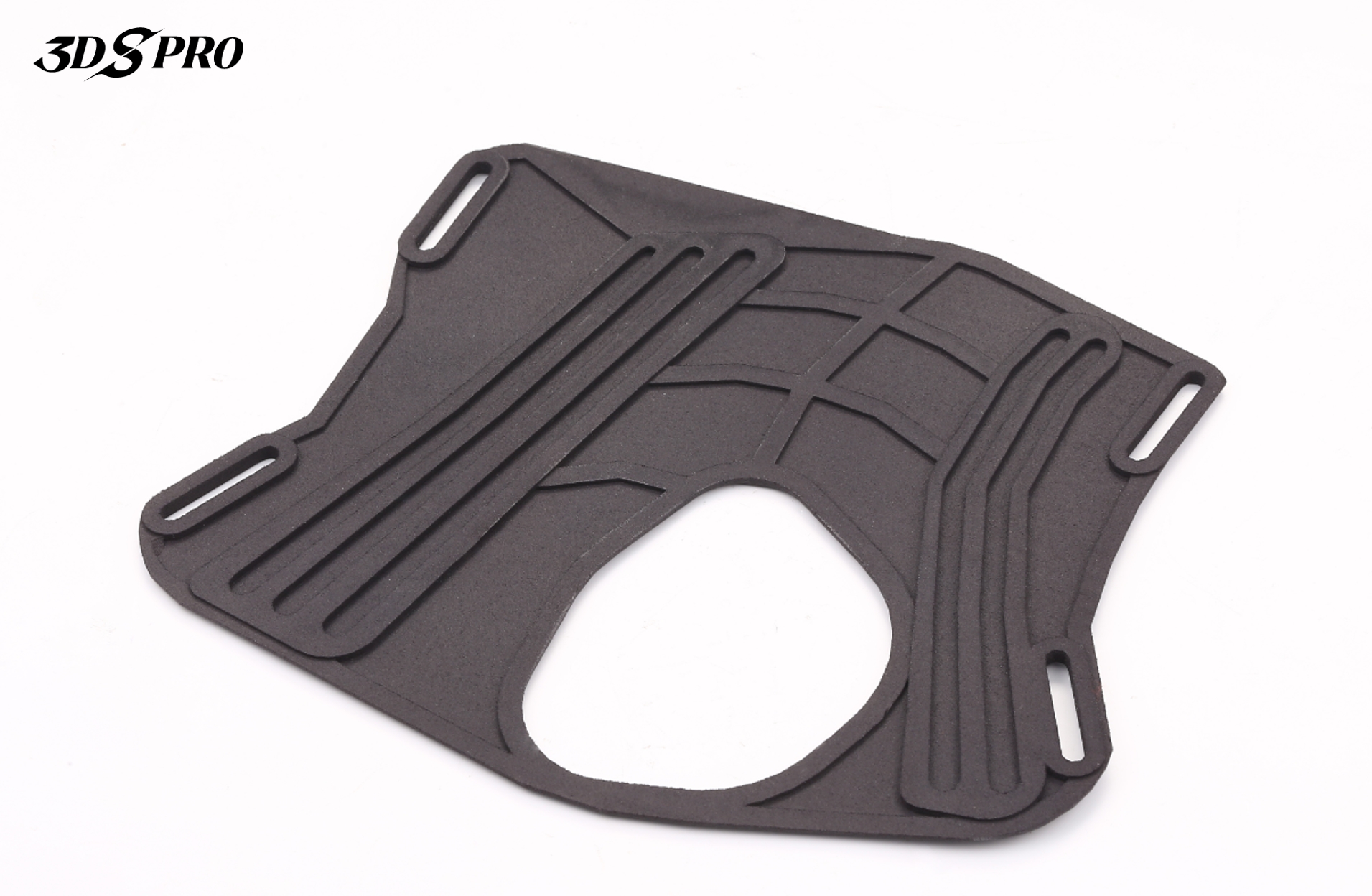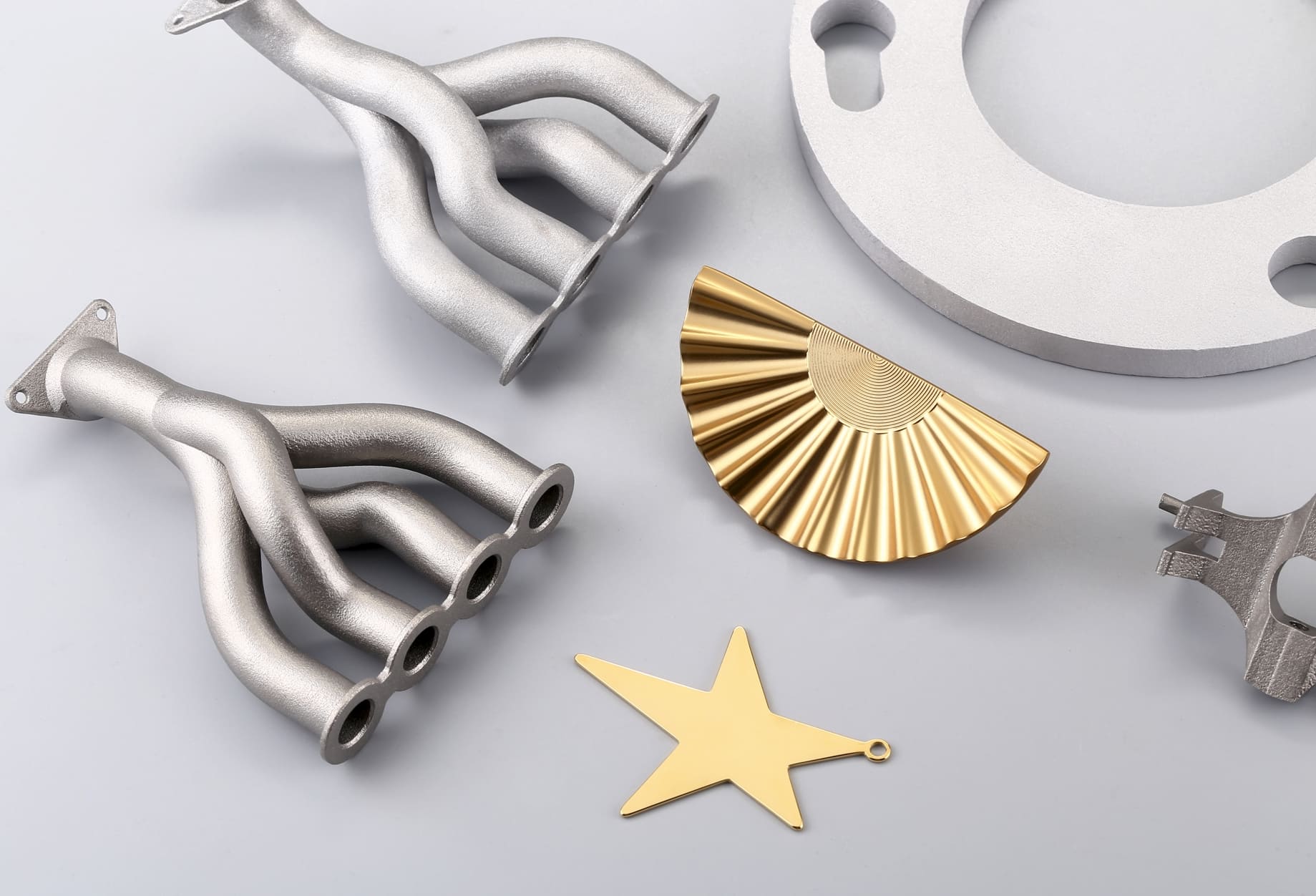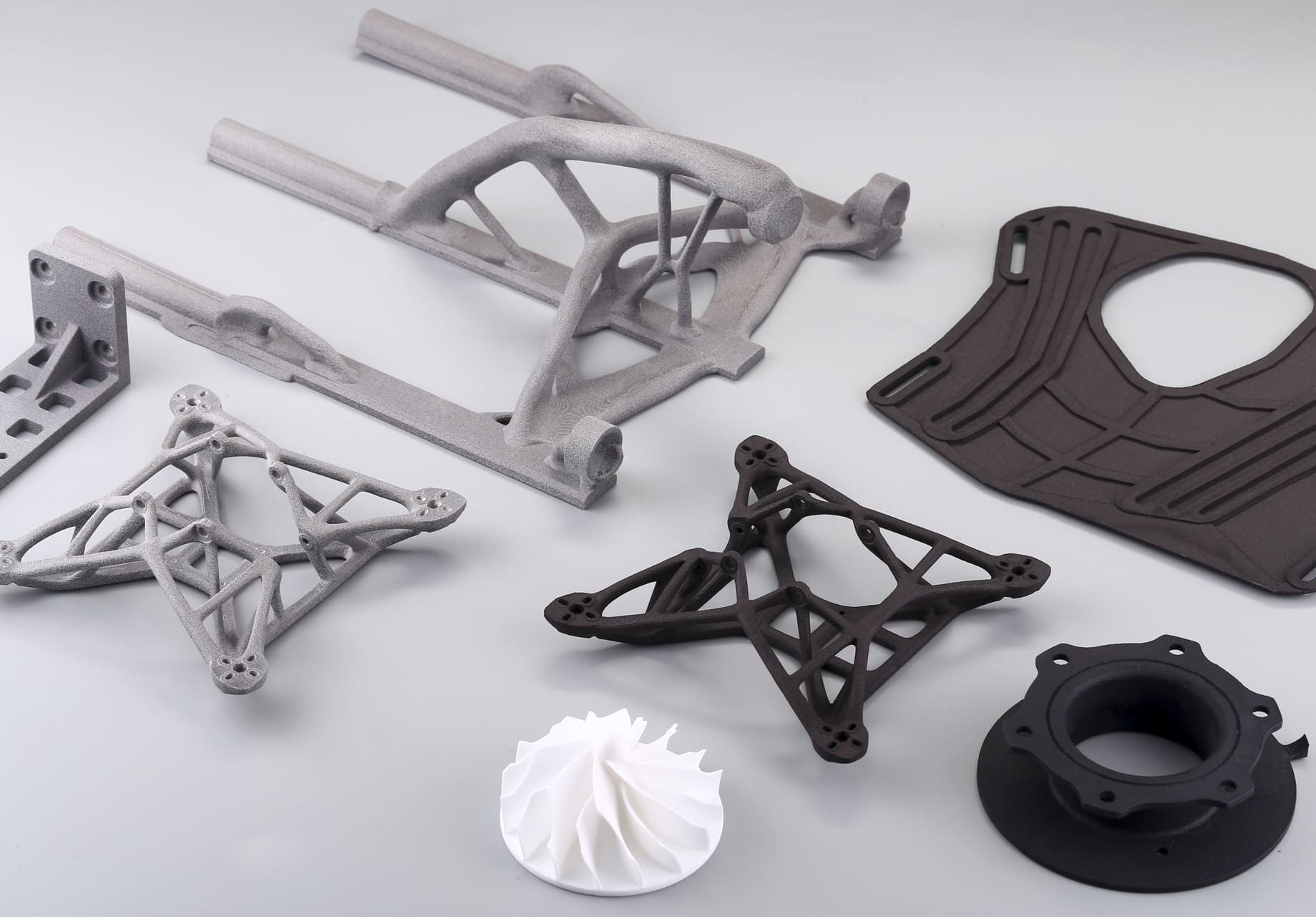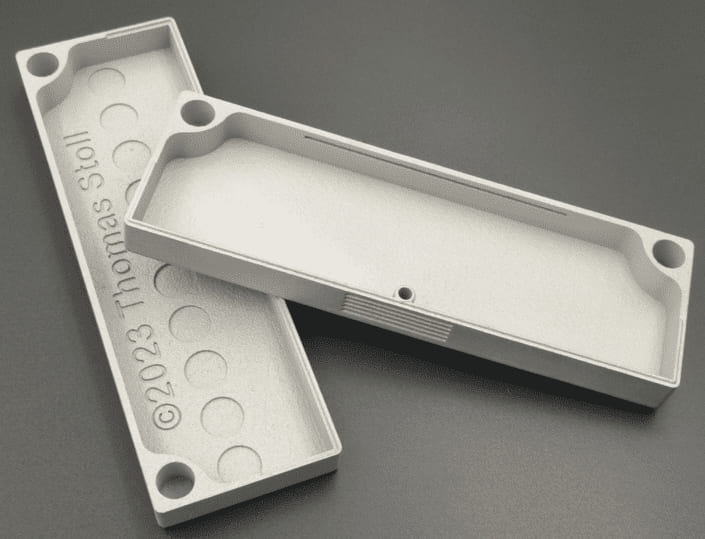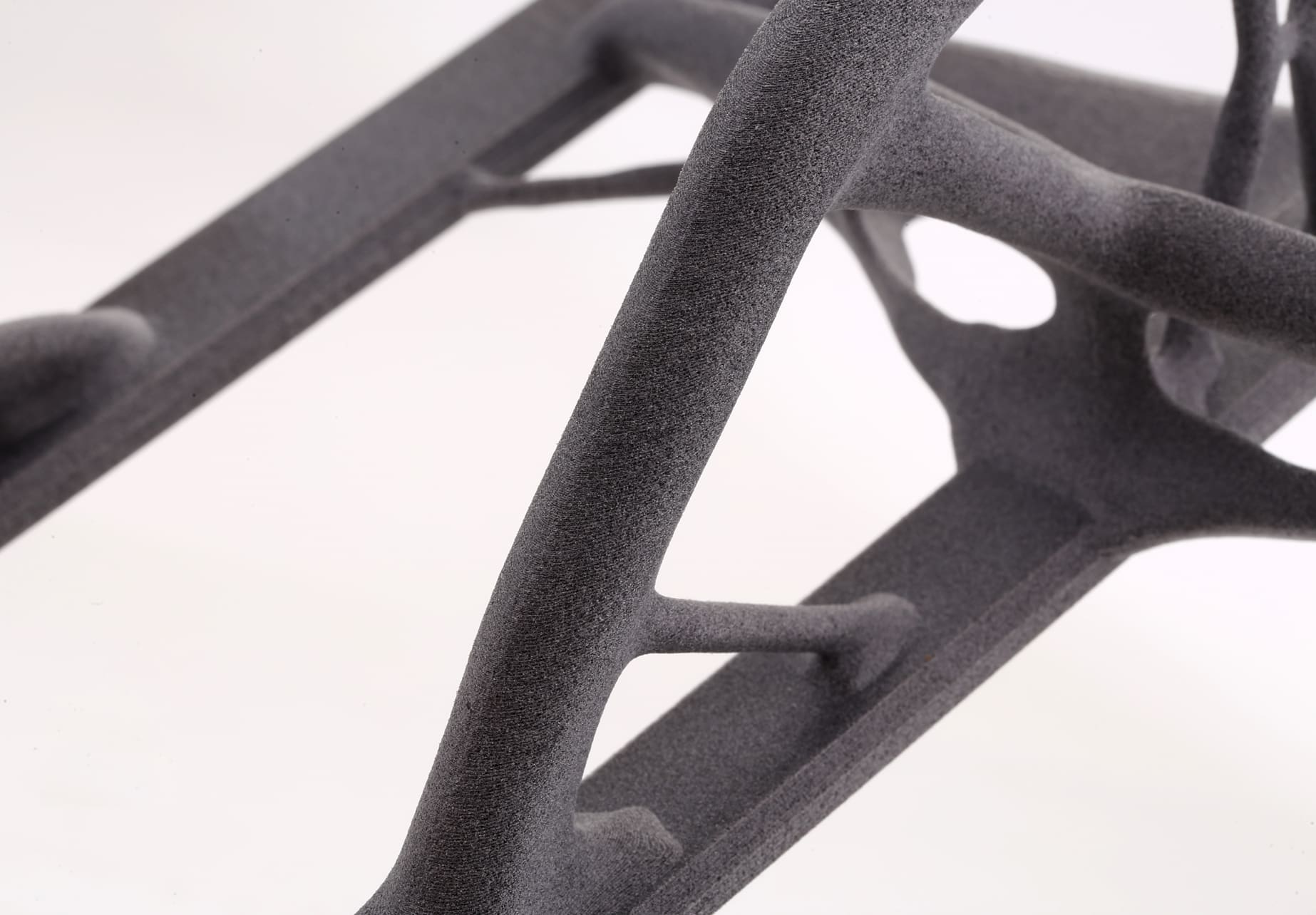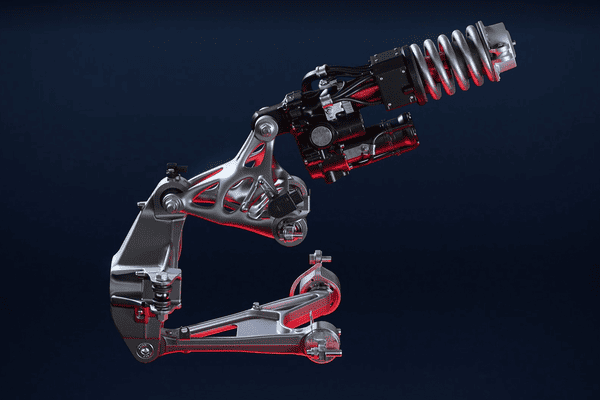The automotive industry, a sector always in pursuit of innovation and efficiency, has embraced 3D printing technology with open arms.
Initially, 3D printing in the automotive sector was primarily used for rapid prototyping. It allowed engineers to quickly iterate designs and test functionalities without the need for expensive and time-consuming traditional manufacturing processes.
As the technology developed, the applications of 3D printing expanded beyond prototypes. Today, it is used for producing complex parts, custom components, and even entire car bodies. The ability to print with a variety of materials, from plastics to metals, has opened up new avenues for vehicle customization and small-batch production.
With 3D printing, the time from design to production has significantly decreased, allowing for a more responsive manufacturing approach.
3D Printing Technologies in the Automotive Sector
FDM for Prototyping Parts
FDM allows engineers to produce car prototypes rapidly, facilitating an iterative design process where modifications can be made swiftly and efficiently, which is crucial for testing the form, fit, and function of components before committing to mass production. Materials commonly used in FDM include ABS, PLA, PETG, and PEI, offering a range of properties from durability to heat resistance.
FDM accelerates the development cycle, enabling faster turnaround from design to prototype. It reduces the need for costly tooling and molds, making it economical for low-volume production runs.
SLA for High-Detail Components
SLA is capable of fabricating components with high detail and precision. The technology is particularly suited for creating detailed prototypes, end-use parts, and molds for small-batch production. With its high resolution and accuracy, SLA can produce parts that are isotropic and watertight, making them ideal for use in multi-part assemblies and consumer-grade products.
SLA printers work with a wide range of resin formulations, offering properties that can mimic standard, engineering, and industrial thermoplastics. Large format SLA printers can even 3D print full-scale exterior body panels and interior components in a single piece.
SLS and MJF for Durable Interior Parts
Selective Laser Sintering (SLS) and Multi Jet Fusion (MJF) are capable of producing robust and long-lasting interior components. Both SLS and MJF are used to produce a variety of durable interior parts for the automotive industry, including complex ductwork and ventilation systems, customized dashboard components, intricate brackets and mounts, and flexible and durable door handles and knobs.
SLS is highly valued for its ability to create complex and durable parts without the need for support structures, as the unsintered powder acts as a self-supporting material, which results in cleaner designs and reduces post-processing time. SLS parts are known for their strength and dimensional accuracy, making them suitable for functional testing and end-use applications within the automotive industry.
While MJF stands out for its speed and efficiency, producing parts up to ten times faster than SLS. It also offers excellent mechanical properties and a smoother surface finish, which is ideal for visible automotive interior parts that require a high-quality aesthetic appearance.
SLM for Functional Metal Parts
SLM works by selectively melting and fusing fine metal powder using a high-powered laser beam, resulting in highly complex and precise metal components.
In the automotive industry, SLM is utilized to produce a variety of functional metal parts, including engine components, structural elements, and customized gearbox components.
The strength and durability of SLM-produced parts are comparable to those made through traditional methods, making them suitable for critical applications where reliability is essential. Moreover, SLM allows for the integration of complex features and internal channels that can lead to performance enhancements not achievable with conventional manufacturing.
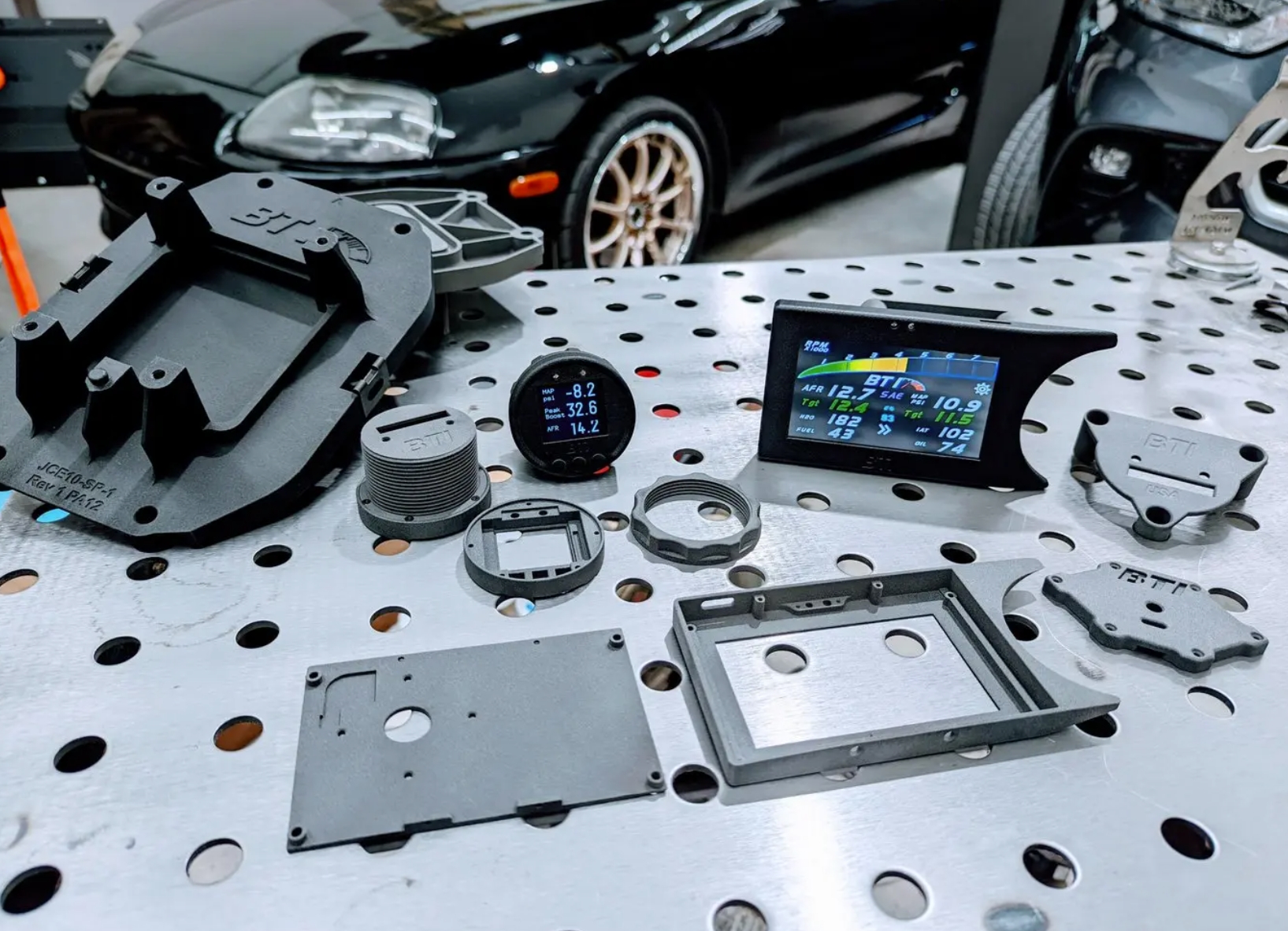
Image Source: BTI Gauges/Formlabs
3D Printing Car Parts Examples
Use of 3D printed end-use parts in vehicles like the Cadillac Blackwing V-Series.
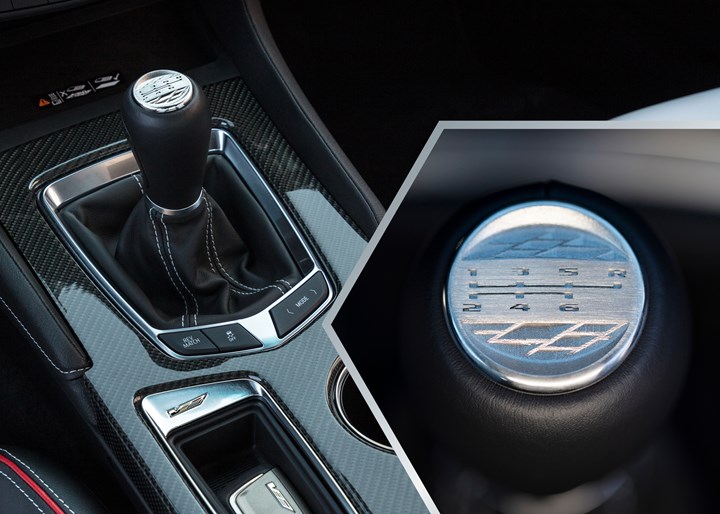
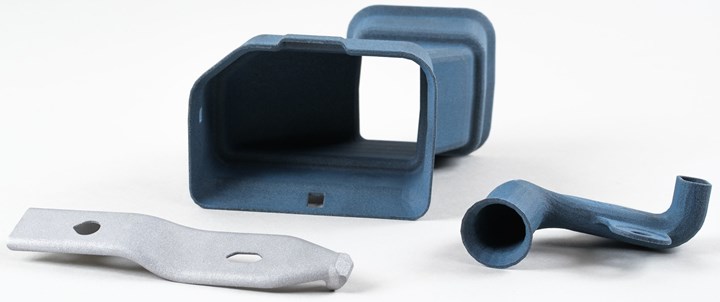
Image Source: Additive Manufacturing
Production of ducts, brackets, and bespoke components for limited edition models such as the Aston Martin Callum Vanquish 25.
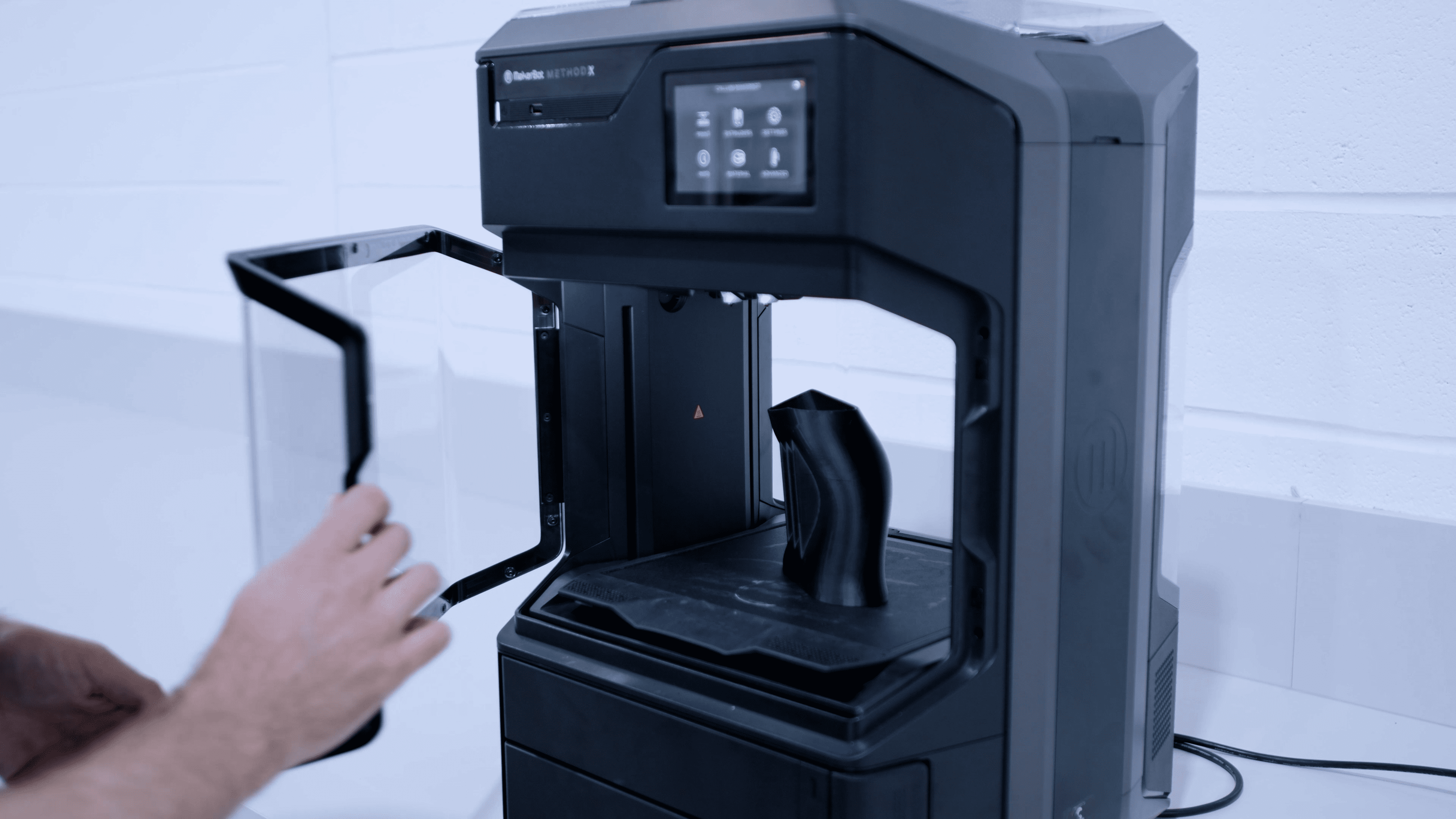
Image Source: MakerBot
Replacement of traditional manufacturing parts with 3D printed alternatives in models like the Ford Mustang Shelby GT500.
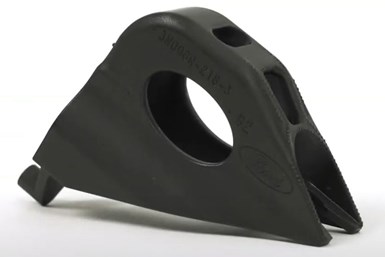
Image Source: Additive Manufacturing
Potential for Mass-Market Adoption and Large-Scale Production
The global 3D automotive printing market size was estimated at USD 3.10 billion in 2023 and is expected to register a compound annual growth rate (CAGR) of 23.3% from 2024 to 2030. This growth is driven by the rising demand for customized products and the automotive industry’s advancement in embracing additive manufacturing for large-scale production.
Innovations such as Wire Arc Additive Manufacturing (WAAM) are being adopted by major automakers like BMW AG, which plans to use this technology for future vehicle production. These advancements are accelerating the product development cycle and enabling rapid prototyping, allowing automotive manufacturers to produce and test multiple iterations of a component quickly.
The use of lightweight materials in 3D printing is a significant trend, driven by the need to reduce vehicle weight, improve fuel efficiency, and lower emissions. 3D printing allows for the creation of complex geometries and the use of materials like carbon fiber-reinforced polymers (CFRP), which offer high strength-to-weight ratios ideal for automotive applications.
The potential for mass-market adoption and large-scale production of 3D-printed automotive parts is vast. With continuous investment in research and development, partnerships among key players, and a focus on sustainability, 3D printing promises to enhance production rates, reduce material waste, lower manufacturing costs, and shorten overall times for automotive parts prototyping.
3DSPRO Automotive 3D Printing Solutions
Established with the vision to empower global innovators, 3DSPRO integrates cutting-edge 3D printing technologies, such as SLM, SLS, MJF, and SLA, with an online quoting and ordering platform to deliver precision, efficiency, and customization. Our capabilities extend from crafting high-quality intricate metal parts to shaping durable polymers with exceptional detail, ensuring that every stage of product design is supported. With a focus on accelerating innovation and reducing the general cost of 3D printing, we offer a comprehensive suite of services that cater to the intricate needs of the industry.
